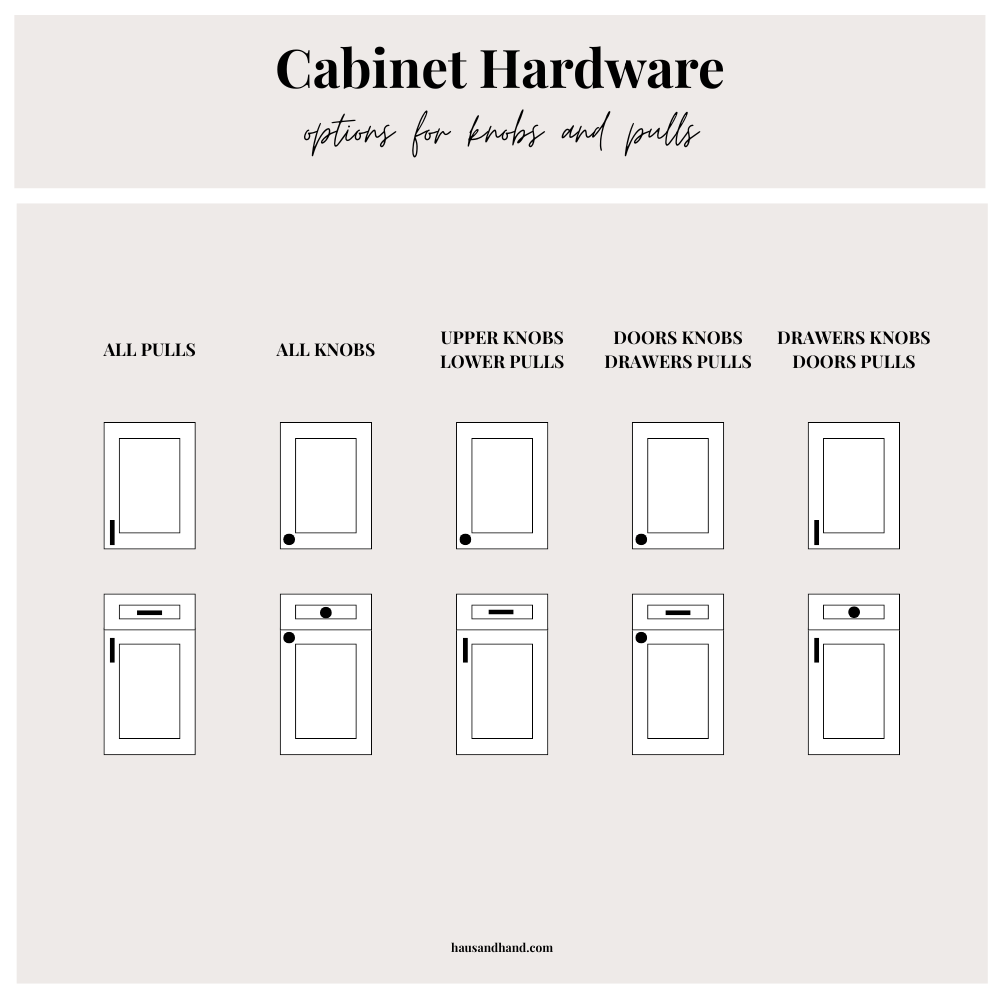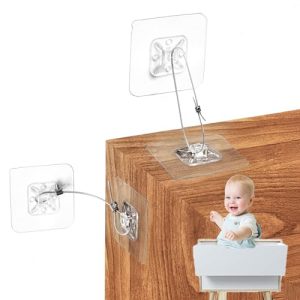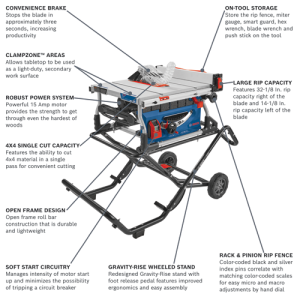Choosing the right cabinet handle size can change the entire look and feel of your space. But with so many options out there, how do you know which size fits your cabinets perfectly?
This Cabinet Handle Size Chart will help you make the best choice quickly and confidently. Whether you’re upgrading your kitchen or refreshing your bathroom, knowing the right measurements saves you time, money, and frustration. Keep reading, and you’ll discover simple tips that make your cabinets look stylish and function better every day.

Credit: hausandhand.com
Choosing Cabinet Handle Sizes
Selecting the right cabinet handle size helps your kitchen look balanced.
Handles come in different sizes and shapes for various cabinets.
Common Handle Dimensions
Cabinet handles usually have two key measurements: the overall length and the center-to-center distance.
| Handle Type | Overall Length (inches) | Center-to-Center Distance (inches) |
| Small Pull | 3 to 4 | 3 |
| Medium Pull | 5 to 7 | 4 or 5 |
| Large Pull | 8 to 12 | 6 or 8 |
Measuring For Accuracy
Measure your current handles to find the right replacements.
- Use a ruler or tape to measure between screw holes.
- Note the center-to-center distance in inches or millimeters.
- Measure the total length of the handle from end to end.
- Double-check your measurements before buying.
Matching Handle Size To Cabinet
Choose handle sizes that fit the cabinet’s size and style.
- Use smaller handles on narrow drawers or doors.
- Pick larger handles for wide or tall cabinets.
- Keep the handle size proportional to the cabinet face.
- Consider the cabinet’s design and how handles will look.
Types Of Cabinet Handles
Cabinet handles come in different shapes and sizes. They help you open and close doors and drawers easily. Choosing the right type makes your kitchen or bathroom look better.
Here are three common types of cabinet handles. Each type has unique features and uses.
Knobs Vs Pulls
Knobs are small and round. Pulls are longer and easy to grip. Both fit different cabinet styles and needs.
- Knobs: Usually one hole, easy to install.
- Pulls: Two holes, provide more grip space.
- Use: Knobs for small doors, pulls for drawers.
Bar Handles
Bar handles are straight and long. They give a modern and clean look to cabinets. They are easy to grab and pull.
| Size | Common Uses | Style |
|---|---|---|
| 3 to 12 inches | Drawers and larger cabinet doors | Modern and minimalist |
| Short bars (3-4 inches) | Smaller drawers or cabinets | Compact and neat |
Edge Pulls
Edge pulls are hidden on the cabinet edge. They create a smooth and sleek look. You pull the cabinet open from its edge.
Advantages of edge pulls:
- Perfect for modern kitchens
- Keep cabinet fronts clean and flat
- Reduce accidental bumps
Standard Handle Size Chart
Choosing the right cabinet handle size is important for both style and function. Handles come in different lengths and sizes to fit your cabinets perfectly.
This guide explains common handle lengths, hole spacing, and how thickness affects handle projection.
Popular Handle Lengths
Cabinet handles come in various standard lengths. These lengths help match the size of your cabinet doors or drawers.
- 96mm (3.78 inches) is a common size for small drawers.
- 128mm (5 inches) fits medium-sized doors and drawers.
- 160mm (6.3 inches) works well for larger cabinets.
- 192mm (7.5 inches) is used on wide cabinet doors.
- 224mm (8.8 inches) suits oversized drawers or doors.
Hole Spacing Explained
Hole spacing is the distance between the two screw holes on a handle. It matters for installation and fit.
| Handle Length | Hole Spacing | Use |
|---|---|---|
| 96mm (3.78 in) | 64mm (2.5 in) | Small drawers |
| 128mm (5 in) | 96mm (3.78 in) | Medium drawers and doors |
| 160mm (6.3 in) | 128mm (5 in) | Larger cabinet doors |
| 192mm (7.5 in) | 160mm (6.3 in) | Wide cabinet doors |
| 224mm (8.8 in) | 192mm (7.5 in) | Oversized drawers |
Thickness And Projection
Handle thickness affects how far the handle sticks out from the cabinet. This is called projection.
- Thin handles (around 8mm) offer a sleek look and small projection.
- Medium thickness (10-15mm) balances comfort and style.
- Thick handles (over 15mm) stand out more and give a bold feel.
- Projection ranges from 20mm to 40mm depending on handle design.
Factors Influencing Handle Size
Choosing the right size for cabinet handles is important for both looks and use. Different things affect what size works best.
This guide explains three key factors that influence the size of cabinet handles you should pick.
Cabinet Door Size
The size of the cabinet door changes what handle size fits well. Big doors need bigger handles to look balanced.
Small cabinet doors use smaller handles to keep the look neat and not crowded.
- Large doors: choose handles 4 to 6 inches long
- Medium doors: handles around 3 to 4 inches work well
- Small doors: handles 1 to 3 inches fit best
Style And Design
Handle size depends on the style of your cabinets and room design. Modern styles often use sleek, smaller handles.
Traditional or rustic cabinets may look better with larger or more detailed handles.
- Minimalist design: small, simple handles
- Classic design: medium handles with some detail
- Rustic or vintage: larger, ornate handles
Ergonomics
Handles must be easy to grip and use. Size affects how comfortable it feels to open doors.
Bigger handles give more space to hold but can get in the way. Smaller handles are less obtrusive but might be hard to grab.
- Consider hand size of users
- Choose handles that allow a full hand grip
- Avoid handles that are too small or too slim
Tips For Installing Handles
Installing cabinet handles can change the look of your furniture. Picking the right size and placing handles well is key.
Follow these simple tips to install your cabinet handles easily and correctly. This will help you avoid mistakes and get good results.
Correct Placement
Place handles where they feel natural to grab. The right height and position make cabinets easier to use.
For drawers, place handles in the center. For doors, place them near the edge opposite the hinges.
- Measure twice before drilling holes
- Use a template for even spacing
- Keep handles level and straight
- Consider the cabinet size and style
Tools Needed
Gather the right tools to install handles quickly and safely. Using proper tools helps avoid damage.
- Electric drill or screwdriver
- Measuring tape or ruler
- Pencil for marking holes
- Level to keep handles straight
- Template or jig for hole spacing
Avoiding Common Mistakes
Many people make simple mistakes when installing handles. These errors can cause handles to be crooked or loose.
- Do not guess hole placement; measure carefully
- Use a level to prevent crooked handles
- Do not overtighten screws to avoid damage
- Check handle size matches the hole spacing
- Test the handle grip before final fixing
Custom Handle Options
Choosing the right cabinet handle size can change the look of your kitchen or bathroom. Sometimes, custom sizes are the best choice for unique spaces.
In this guide, we will explore when to choose custom sizes, the materials and finishes available, and how to find custom manufacturers.
When To Choose Custom Sizes
Custom sizes are useful for non-standard cabinets or when you want a specific look. Custom handles can also solve problems with space and aesthetics.
- Non-standard cabinet dimensions
- Unique design preferences
- Space constraints
Materials And Finishes
Choosing the right material and finish is crucial for durability and style. Different materials offer unique benefits and can match various interior designs.
| Material | Finish Options |
| Stainless Steel | Brushed, Polished |
| Brass | Antique, Satin |
| Zinc Alloy | Matte, Glossy |
Finding Custom Manufacturers
Finding the right manufacturer ensures quality and timely delivery. Look for manufacturers with good reviews and a history of custom projects.
Researching online and asking for recommendations can help. Visit trade shows or local workshops to meet manufacturers in person.
Maintaining Cabinet Handles
Cabinet handles are essential for both function and style. Keeping them in good condition ensures your cabinets look their best.
Proper maintenance of cabinet handles can extend their lifespan and enhance their appearance. Here are some tips for maintaining them effectively.
Cleaning Techniques
Regular cleaning prevents dirt build-up on cabinet handles. Use mild soap and water for best results.
Wipe handles with a soft cloth to avoid scratches. Dry them thoroughly to prevent rust.
- Use a gentle cleaner for stubborn stains
- Avoid abrasive sponges
- Clean handles weekly for best results
Repair And Replacement
Inspect cabinet handles regularly for signs of wear. Tighten loose screws to prevent damage.
If a handle is broken, consider replacing it promptly. Matching the new handle with existing ones maintains consistency.
- Check for rust or corrosion
- Replace mismatched handles
- Keep spare screws handy
Extending Handle Lifespan
To extend the lifespan of cabinet handles, handle them gently. Avoid using them to hang heavy items.
Consider applying a protective coating to metal handles. This prevents rust and maintains shine.
- Use handles only for opening cabinets
- Apply protective wax or polish
- Avoid slamming cabinet doors

Credit: hausandhand.com

Credit: www.ebay.com
Frequently Asked Questions
What Are Standard Cabinet Handle Sizes?
Standard cabinet handles typically range from 3 to 5 inches in length. The most common size is 3 inches, which fits most drawers and doors. Choosing the right size ensures comfort and aesthetic balance in your kitchen or furniture.
How To Measure Cabinet Handle Size Correctly?
Measure the center-to-center distance between the screw holes. This measurement dictates the handle size you need. Always double-check with a ruler or tape measure for accuracy before purchasing.
Which Cabinet Handle Size Suits Kitchen Drawers?
For kitchen drawers, handles between 3 to 4 inches work best. This size offers a comfortable grip and complements most drawer widths. Larger handles may look bulky on small drawers.
Can Cabinet Handle Size Affect Kitchen Design?
Yes, handle size impacts both function and style. Larger handles create a bold look, while smaller ones offer subtle elegance. Choose sizes that enhance your kitchen’s overall design theme.
Conclusion
Choosing the right cabinet handle size makes a big difference. It helps your cabinets look balanced and feel comfortable. A good size fits your hand and matches your cabinet style. Use the size chart to pick handles that work best for your space.
Small or large, the right handle improves your room’s look. Keep these tips in mind for easier and better decisions. Your cabinets will look neat and stylish with proper handle sizes. Simple steps lead to great results.








